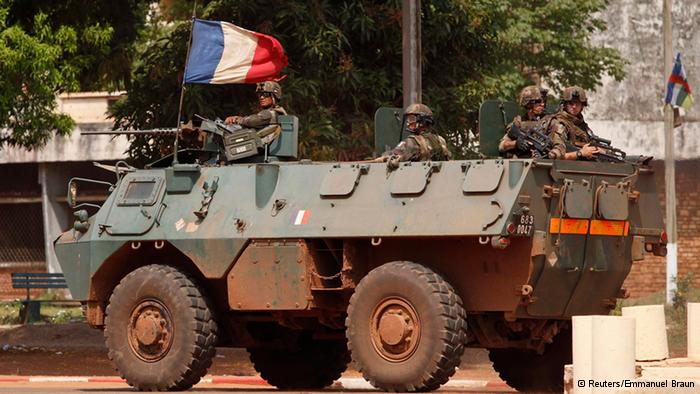
My first encounter with the Sahrawi-Moroccan conflict also happens to be one of the first and most striking memories of my life. Only three years after the ceasefire, I was four years old when my mother, my grandfather and grandmother were on a vacation in Merzouga, a small desert town in south-eastern Morocco just a few kilometers from the Algerian border. During our stay in Merzouga, my mother– a fan of adventure, wanted to go off-roading in the desert.
It was that day that we mistakingly drove into Algeria, and where I remember seeing a turbaned man on horseback with a rifle slung over his shoulder. According to my mother, the guide told us that the man on horseback was from the Polisario. I apparently started crying, and we turned the car back.
This memory became more significant as I grew older, because it was an image that harmonized perfectly with what Moroccan state television, textbooks, and society told me. The turbaned man with a rifle on horseback became the embodiment of an enemy of my country and the word “Polisario” became synonymous with “traitor,” “killer,” “spy” and “terrorist.”
On television, there was no debate about the Western Sahara. It was a fact that it was ours, it was talked about like we talk about the fact that the Earth rotates around the sun. We were told that it was Algerian instigators who were trying to help a few terrorists get access to this land so that Algeria can build a road to the Atlantic ocean through the Western Sahara. The television told us it was a conspiracy against the Moroccan people. I believed it.
Green March day, became my favorite holiday. As a child, I liked it as a holiday for two reasons. One, because it was the closest national holiday to my birthday. Two, because of the beautiful, non-violent and patriotic images of the Green March. The thousands of Moroccans who held flags and pictures of the kings and walked across the desert became a romantic image for me as it was for many Moroccans.
As a child, I also loved maps. I wanted to be a cartographer at one point in my childhood, and so my mother bought me a map of Morocco as a gift. It was one of those large detailed road maps, and I studied every bit of it and got excited when I saw one of the many cities and towns that I had visited with my quasi-explorer of a mother, circling it with a pen. The map ran undivided all the way to Lagouira and that’s when I made sense of that famous phrase we hear repeated every night on state television news: “From Tangiers to Lagouira.” It was always a booming narrator who would exclaim it, following it with a statement on how one of the king’s daily activities has made the lives of the Moroccan people “from Tangiers to Lagouira” better.
 I became obsessed with the concept of “Tangiers to Lagouira” I wanted to tell people that I had been to every corner of Morocco from “Tangiers to Lagouira.” And so, I made that clear to my mother who decided to take my little sister and I on a road trip through the Western Sahara, to Lagouira. As we passed Tarfaya where a border normally should have been, the drive seemed seamless: no military checks, no police, nothing. There was no doubt in my mind that we were just driving through Morocco. As we approached Laayoune, we started to see military barracks and towers. I didn’t think anything of it.
I became obsessed with the concept of “Tangiers to Lagouira” I wanted to tell people that I had been to every corner of Morocco from “Tangiers to Lagouira.” And so, I made that clear to my mother who decided to take my little sister and I on a road trip through the Western Sahara, to Lagouira. As we passed Tarfaya where a border normally should have been, the drive seemed seamless: no military checks, no police, nothing. There was no doubt in my mind that we were just driving through Morocco. As we approached Laayoune, we started to see military barracks and towers. I didn’t think anything of it.




